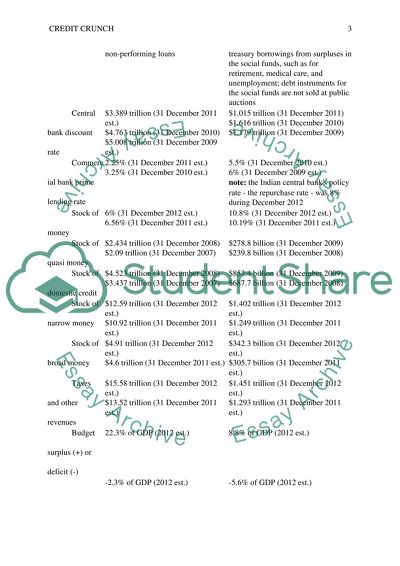Cite this document
(Differences and Similarities between Chinese and Indian Economies Case Study, n.d.)
Differences and Similarities between Chinese and Indian Economies Case Study. Retrieved from https://studentshare.org/macro-microeconomics/1494219-effects-of-credit-crunch
Differences and Similarities between Chinese and Indian Economies Case Study. Retrieved from https://studentshare.org/macro-microeconomics/1494219-effects-of-credit-crunch
(Differences and Similarities Between Chinese and Indian Economies Case Study)
Differences and Similarities Between Chinese and Indian Economies Case Study. https://studentshare.org/macro-microeconomics/1494219-effects-of-credit-crunch.
Differences and Similarities Between Chinese and Indian Economies Case Study. https://studentshare.org/macro-microeconomics/1494219-effects-of-credit-crunch.
“Differences and Similarities Between Chinese and Indian Economies Case Study”, n.d. https://studentshare.org/macro-microeconomics/1494219-effects-of-credit-crunch.


